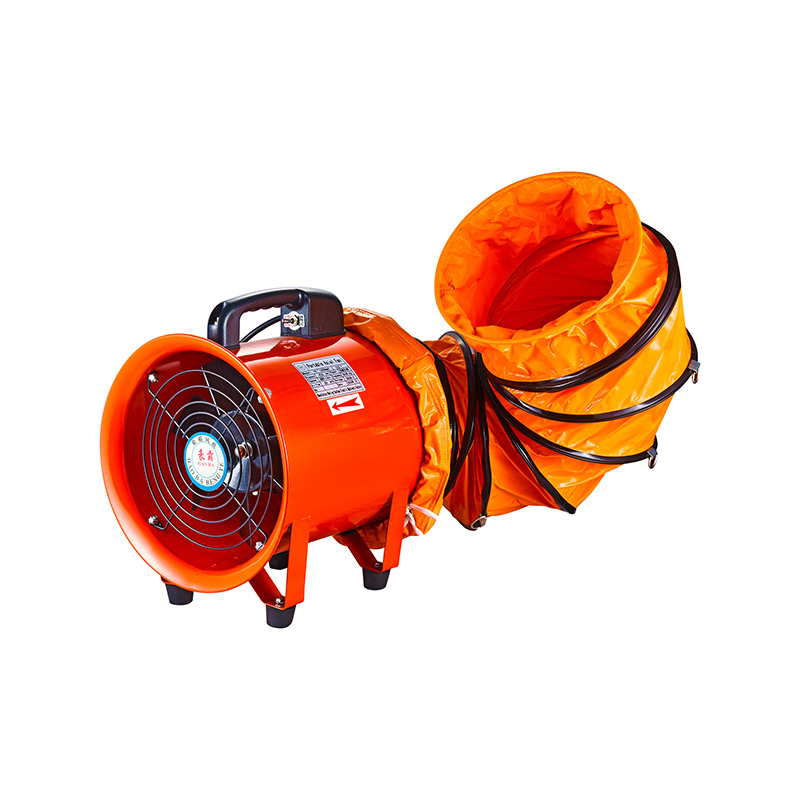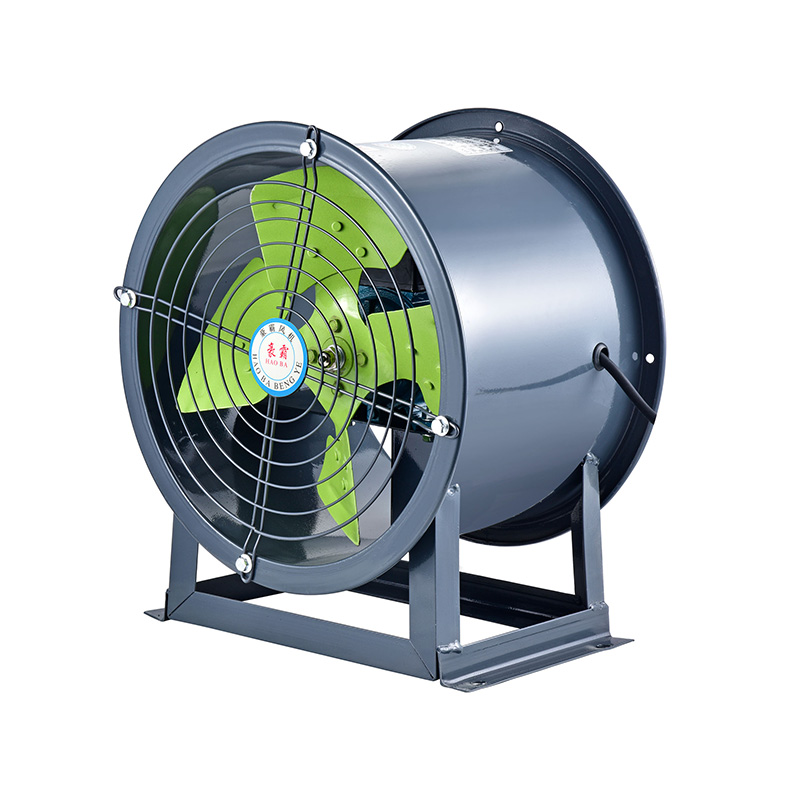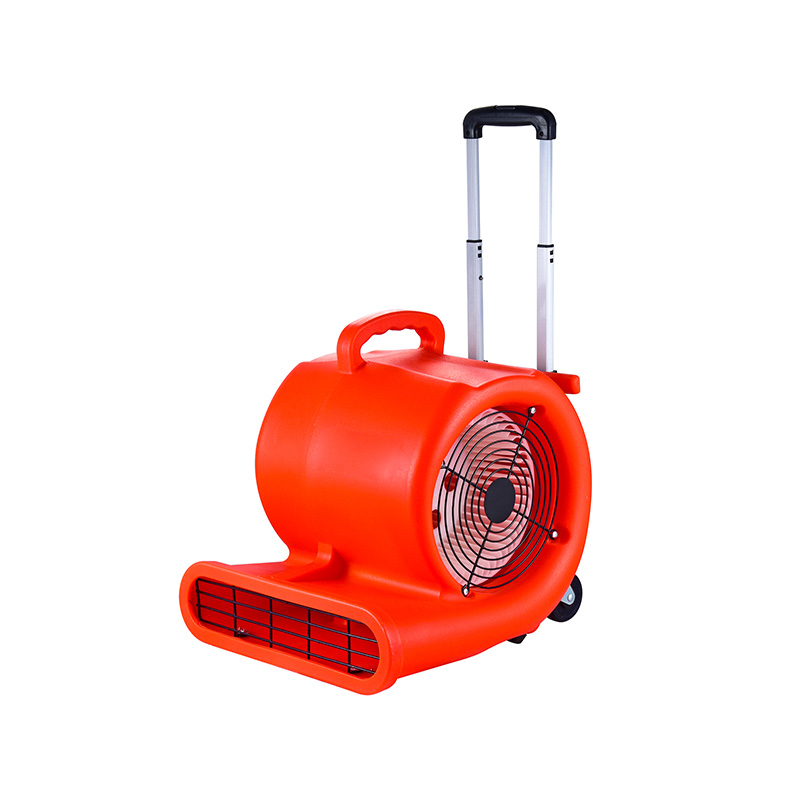How To Select The Right Fan Based On Airflow Requirements
2025-07-08
Selecting the right fan based on airflow requirements is a crucial step in ensuring efficient ventilation, cooling, or air circulation for any space or industrial application. Whether you need to cool a factory floor, ventilate a commercial kitchen, or manage air in a residential building, understanding the airflow demands and how they relate to the type of fan you choose is essential. This guide focuses on key factors to consider when selecting fans, such as industrial blower fans, small blower fans, and ventilator fan roofs, helping you make an informed decision without overwhelming technical jargon.

It's important to understand what airflow means in practical terms. Airflow is generally measured in cubic feet per minute (CFM) or cubic meters per hour (m³/h), which represent the volume of air moved by a fan within a given time. The required airflow depends on the size of the space, the purpose of ventilation, and the number of air exchanges needed to maintain air quality or temperature control. For example, industrial settings often demand higher airflow due to heat, fumes, or dust, while smaller enclosed spaces may require less airflow but more precise control.
When considering industrial blower fans, it’s essential to evaluate the total airflow needed for your specific environment. Industrial blower fans are designed to move large volumes of air at relatively high pressure, making them suitable for factories, warehouses, and other large-scale applications. These fans can handle challenging conditions like high temperature, dust, or humidity, and are built to operate continuously with durability. Calculating the correct airflow helps ensure that the industrial blower fan selected can efficiently ventilate the area without wasting energy or producing excessive noise.
On the other hand, small blower fans are often used in confined spaces or for targeted ventilation needs. These compact fans provide localized airflow and are commonly found in electronics cooling, small workshop ventilation, or HVAC systems where precise airflow control is necessary. When selecting small blower fans, it’s critical to match the fan’s airflow capacity with the size of the area or the equipment requiring ventilation. Underestimating airflow needs can lead to overheating or poor air circulation, while overestimating can cause unnecessary power consumption and wear on the fan.
Another popular option in many commercial and residential settings is the ventilator fan roof. Ventilator fan roofs are installed on building rooftops to promote natural air circulation by expelling hot, stale air and allowing fresh air to enter. Choosing the right ventilator fan roof involves assessing the building’s volume, the local climate, and the airflow rate needed to maintain a comfortable environment inside. These fans are particularly useful for removing excess heat and humidity from attics, workshops, or production areas. Proper sizing ensures the ventilator fan roof functions efficiently without causing drafts or energy loss.
To select the right fan based on airflow requirements, start by calculating the volume of the space needing ventilation. Multiply the length, width, and height of the room to find the cubic feet or cubic meters. Next, determine how many air changes per hour (ACH) are necessary. Different applications require different ACH values—for instance, warehouses may need fewer air changes than cleanrooms or kitchens. Multiply the space volume by the ACH to find the total airflow required, expressed in CFM or m³/h.
Once you have the airflow requirement, consult the performance specifications of industrial blower fans, small blower fans, or ventilator fan roofs that fit your application. Look for fans that can provide the required airflow at the desired static pressure, which accounts for resistance caused by ducts, filters, or grills. Industrial blower fans typically have data sheets showing airflow versus pressure curves, helping you understand their capabilities in real-world conditions. Similarly, small blower fans will specify their airflow at certain voltages and RPMs, guiding you in matching performance to needs. Ventilator fan roofs usually have manufacturer ratings based on roof size and airflow capacity.
It is also beneficial to consider noise levels and energy consumption when selecting any fan. Industrial blower fans, though powerful, can generate noise that might affect the work environment if not properly selected or installed. Small blower fans often run quieter but may have less airflow capacity. Ventilator fan roofs can vary in noise output depending on their design and motor type. Selecting a fan that balances airflow with acceptable noise and energy use improves overall system efficiency and occupant comfort.
Maintenance and durability are additional factors to keep in mind. Industrial blower fans are built for tough conditions and often require routine maintenance to ensure longevity. Small blower fans may have simpler designs but still need regular cleaning and inspection. Ventilator fan roofs are exposed to weather and thus should be chosen with materials resistant to corrosion and wear.
In conclusion, selecting the right fan based on airflow requirements involves a clear understanding of your space’s volume, ventilation needs, and environmental conditions. By accurately calculating the required airflow and comparing it to the specifications of industrial blower fans, small blower fans, or ventilator fan roofs, you can find a fan that provides adequate ventilation without unnecessary costs or noise. Taking into account factors such as static pressure, noise, energy consumption, and maintenance will help ensure the fan performs efficiently over its lifespan. Whether you are addressing large industrial spaces or smaller, more specific ventilation needs, focusing on airflow requirements is the key to making the right fan choice.

 English
English русский
русский عربى
عربى









